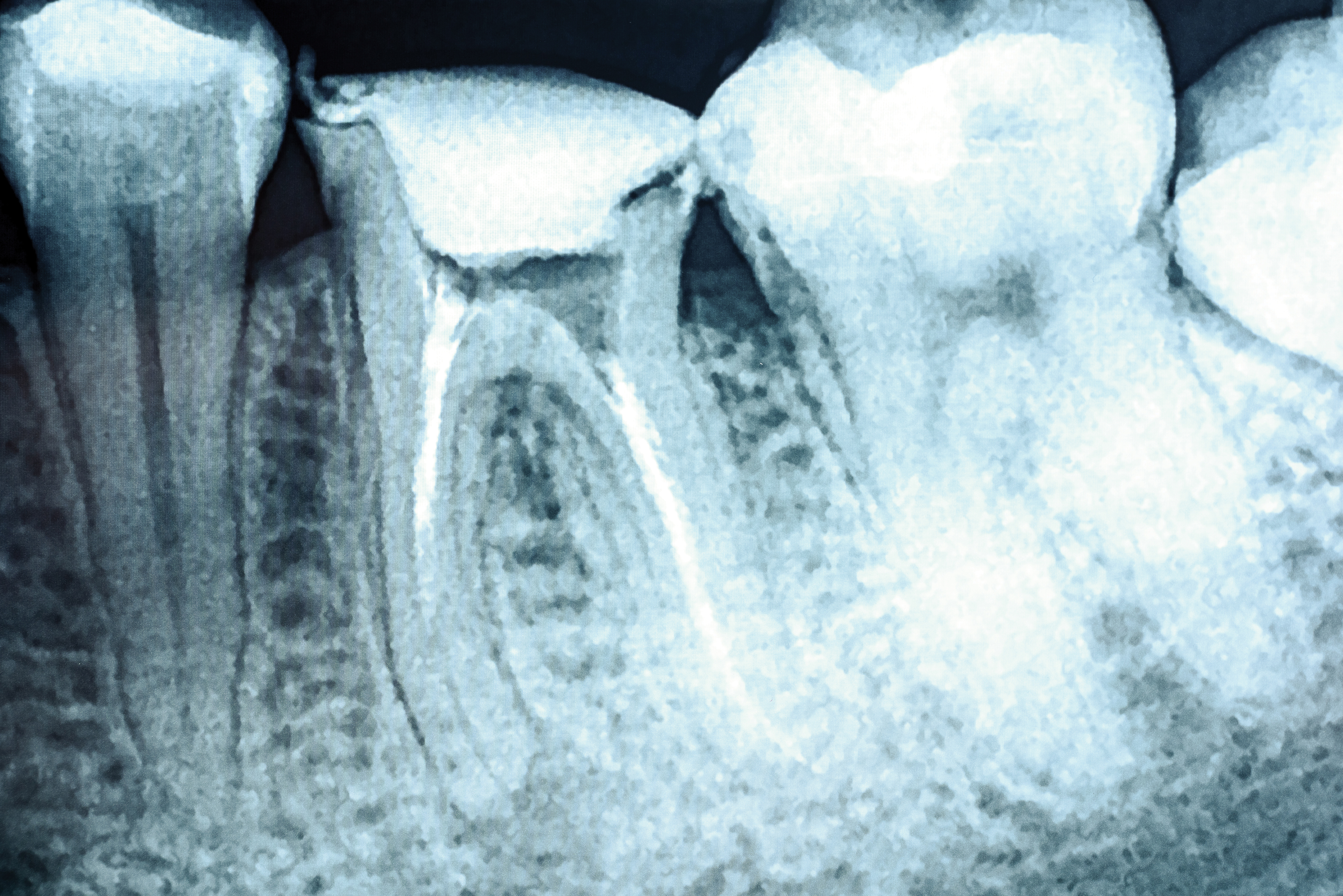
When Do You Need A Root Canal Treatment
There is still hope for teeth that have damaged, disease or dead pulp.
Root canal, or extraction?
Root canals and tooth extractions are two procedures dentists can use to treat teeth that are damaged or infected in some way.
Root canals can be used to save teeth that have damaged, diseased or dead pulp, but are otherwise viable to your mouth. The pulp is the innermost layer of your teeth, providing healthy blood flow to each one, but it can become damaged if you crack your tooth or develop a deep cavity. Both of these situations allow bacteria from your mouth to reach your pulp, which can lead to infection, swelling or the dying of the pulp’s vital tissue.
Nothing too complicated
Root canal treatment is fairly simple: After numbing the area, your dentist will make an opening in the affected tooth, then remove the diseased or dead pulp. Once the pulp has been removed, the pulp chambers will be carefully cleaned to make sure there’re no bacteria left behind. The pulp chambers will then be filled with “gutta percha,” a dental material that replaces your damaged pulp. A crown may be placed on top of the tooth to help restore its appearance and strength. Multiple visits are often required for your root canal, depending on your precise situation.
After your procedure, it’s normal to feel some pain for a few days. This pain can vary from a dull ache to sharp or acute pain, but you should be able to manage your discomfort with an over-the-counter painkiller. If your pain is too intense for personal treatment, or if it goes away and then returns, don’t hesitate to see your dentist.
Once you approach your dentist with a relatively minor or even a near-serious dental problem such as tooth decay or accidental loosening of tooth due to trauma, he will most likely suggest a root canal for you. Although tooth darkening is considered to be one of the major side effects of this form of treatment, it is still favoured over other more complicated forms which involve painful extractions and probably hospitalisations as well.
Two seals are placed in a root canal. One is the inner seal called the gutta percha. Another seal or crown is done on the outer part of the tooth. These seals can withstand tremendous abuse but are not immune to erosion. When one or both seals fail, bacteria might repopulate and cause an infection again.
The tooth basically dies during root canals due to the removal of the pulp. This saves the tooth from infection but causes the tooth to become brittle. Crowns are recommended to strengthen the outer area of the teeth.
Removal as a last resort
Sometimes your dentist simply can’t save a tooth, and it needs to be removed. This may be the case if you have a very large cavity that compromises too much of your tooth’s structure, making it too weak to repair. If your tooth has a severe fracture, extraction may be the best option here as well. A tooth with a crack that extends down below the gum-line, explains the American Association of Endodontists (AAE), is a prime candidate for removal.
If you ultimately need a tooth extracted, your dentist will first numb the area so you don’t feel any discomfort during the procedure. Next, they’ll use a lever-like appliance known as an elevator to loosen your tooth while it’s still in its socket. Forceps will then be used to officially extract the tooth. You can expect to feel some pressure while this is happening, but nothing that takes away your overall comfort level.
